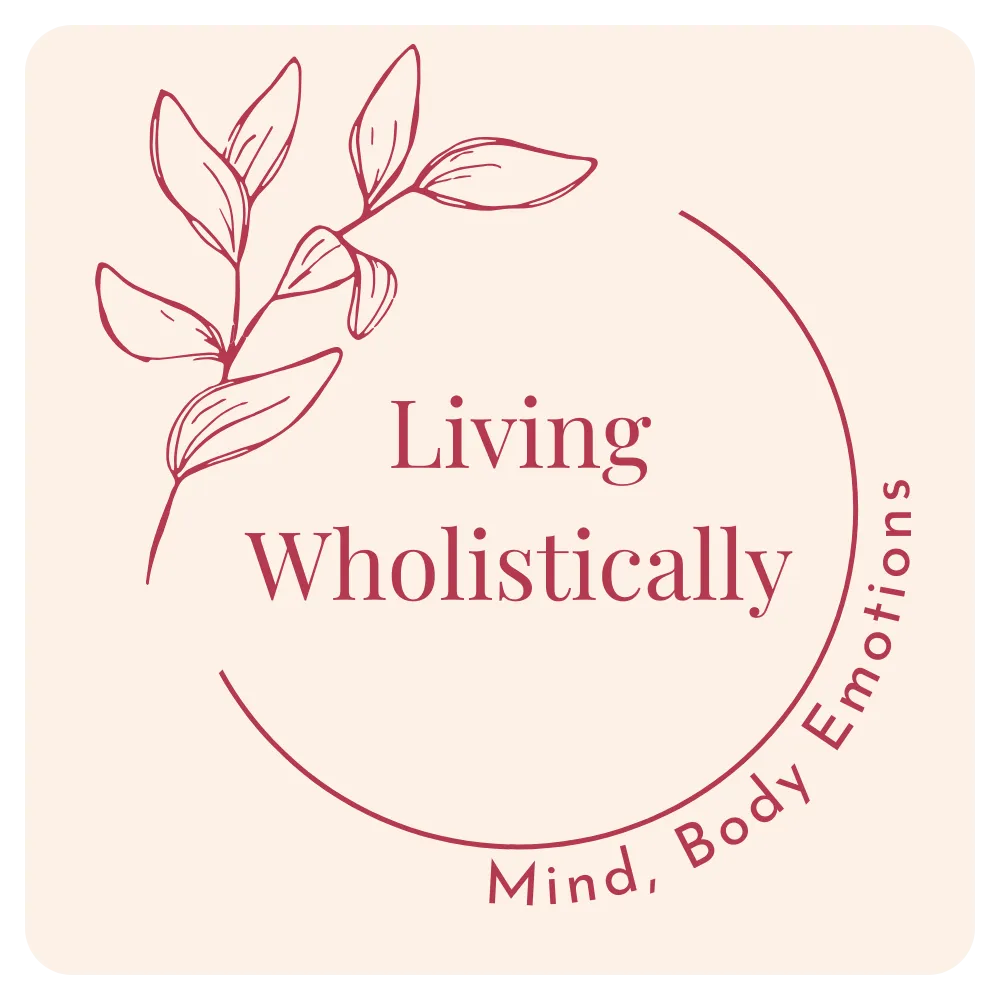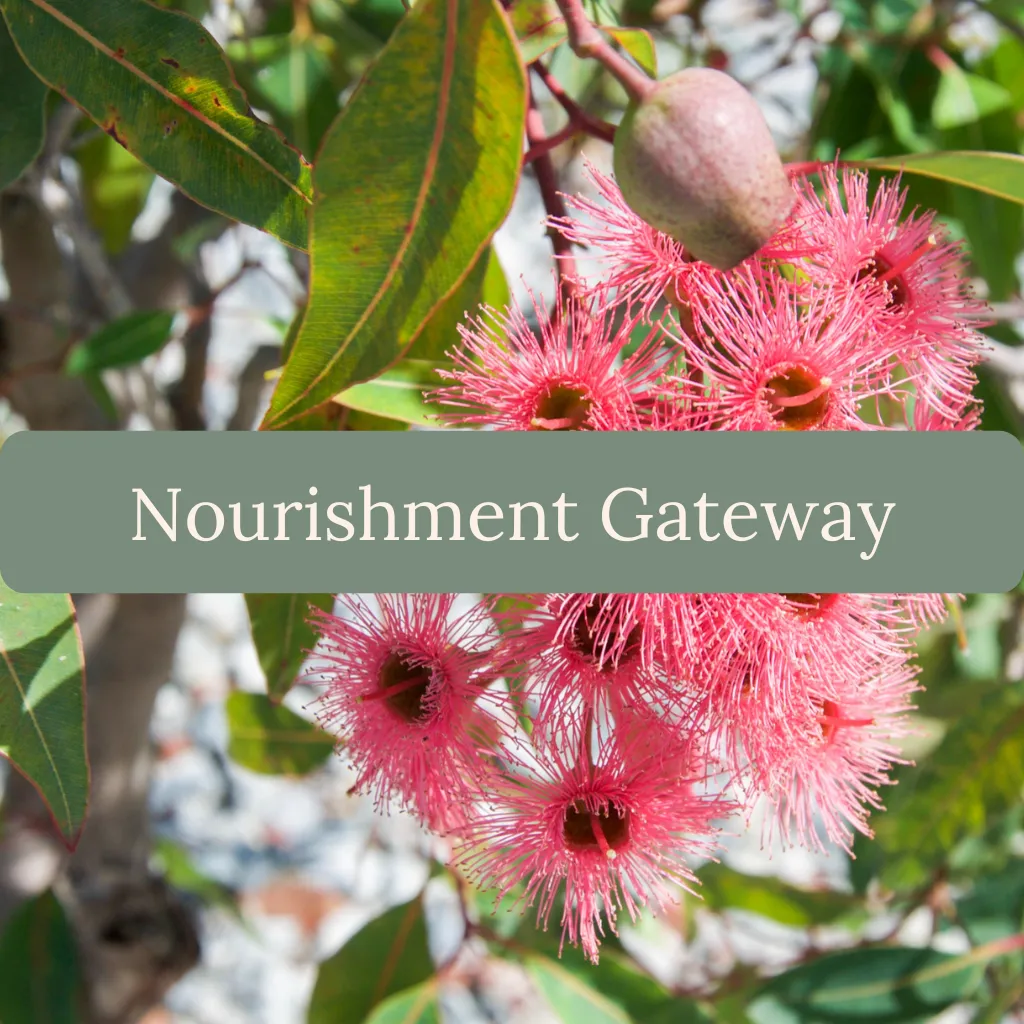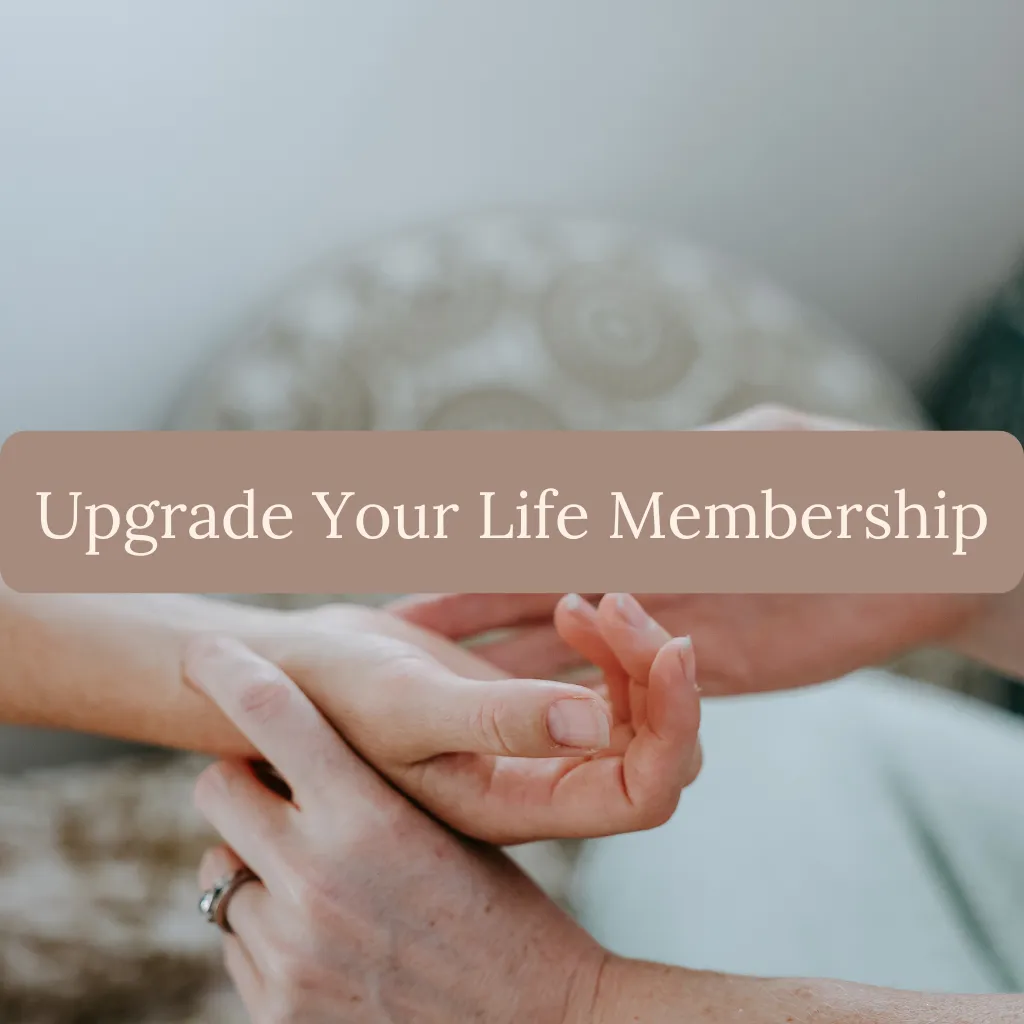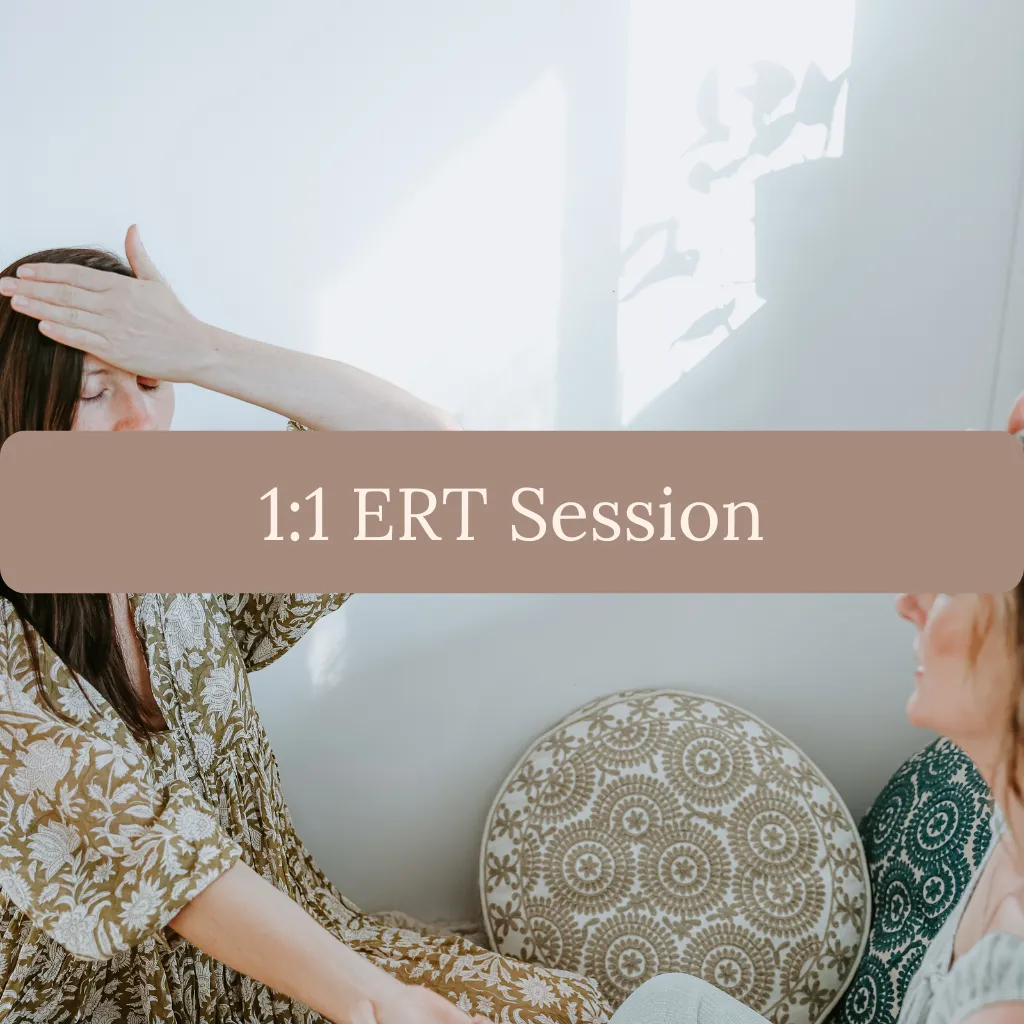How Parenting Reflects And Heals: The Power Of Mirroring
Originally published: 6 June 2024. Last updated: 12 June 2025.
Parenting is often described as one of the most challenging yet rewarding experiences in life. But what if I told you that your child is actually showing you where you most need to heal? That their big emotions, tricky behaviours, or even the things they say and do are all clues pointing directly at your own inner wounds?
I know this might sound confronting, but it’s also incredibly empowering.
When you learn to see your child’s behaviour as a mirror – a reflection of both your conscious and unconscious patterns – parenting becomes more than just a responsibility. It becomes a healing journey.
What Is Mirroring In Parenting?
There are two ways I like to think about mirroring:
As a conscious parenting strategy, where you reflect back your child’s emotions and behaviour with empathy and validation.
As a deeper process of recognising that your child’s behaviour is reflecting something within you – usually something you haven’t yet healed.
Both are powerful. And both have the ability to shift the way you relate to your child – and to yourself.
How Does Mirroring Help Children?
When you use mirroring as a parenting strategy, you’re helping your child:
Feel seen, safe and validated
Learn how to name and express their emotions
Understand that emotions are ok (and temporary)
Build emotional resilience and confidence
Here’s a simple example:
Your child is angry and yelling. Instead of saying, “Don’t yell – that’s rude,” you might say, “You’re feeling really angry right now because your brother took your toy. That makes sense.”
When you mirror your child’s inner world with calm words and empathy, you help them regulate their nervous system and build trust. But there’s another layer here too…
What If Your Child’s Behaviour Is Triggering You?
This is where the deeper version of mirroring comes in. Your child is not just a little person with big emotions. They are also a mirror reflecting your unresolved emotional patterns.
If you’re constantly being triggered by the same thing – a tantrum, a tone of voice, a refusal to listen – it’s time to ask yourself:
Why does this bother me so much?
When have I felt this way before?
What part of me is feeling unheard, unloved, rejected, or overwhelmed?
Often, your child’s behaviour is shining a light on a wound you haven’t healed. And that’s actually good news – because once you see it, you can change it.
My Story: The Mirror I Didn’t Expect
One afternoon, I noticed my son yelling at people to leave him alone whenever he was upset. He didn’t want to talk. He didn’t want help. He didn’t want comfort. Just “Go away!”
At first, I was frustrated. I was trying to be gentle and supportive! But then it clicked. He was doing exactly what I do when I’m overwhelmed.
I push people away. I don’t ask for help. I get resentful that no one helps me – even though I’ve told them not to.
He was showing me what I couldn’t yet see in myself.
That moment cracked something open in me. I began to work on that part of myself using Emotion Release Technique (ERT), and what shifted was not just my own nervous system… it was his too.
How To Start Healing With The Mirror Of Parenting
You don’t have to be perfect. But if you’re willing to reflect, be honest, and get support, you can change the dynamic in your home.
Here are some simple ways to start:
Be honest with your child: If you’re frustrated, say it calmly. “I’m feeling really tired and grumpy today too.” Kids feel our energy. They know when we’re pretending.
Get curious about your triggers: What’s the emotion underneath the reaction? Where have you felt it before?
Use a technique like ERT to clear the deeper emotional charge: When the energy is gone from your nervous system, the triggers dissolve too.
Stay present: Put down your phone and really tune in. Sit with the discomfort.
Ditch the judgment: Notice if you’re using words like “lazy,” “naughty,” or “dramatic.” Replace them with observations instead.
Model self-regulation: Take a deep breath. Name your feelings and sensations in your body. Choose a self-soothing activity in the moment. Show your child that emotions aren't bad, they are a powerful sign to take care of yourself.
Where To From Here?
If this blog has you nodding along and feeling like, “Yes, this is what I need more of,” then I’d love to invite you to book an ERT Session with me.
Because the truth is – when you do the work to heal your own emotional wounds, you shift the energy of your entire home.
This is the work that changes families for generations.
Parenting isn’t just about raising children. It’s about raising yourself too, and healing your inner child. And you don’t have to do it alone.




